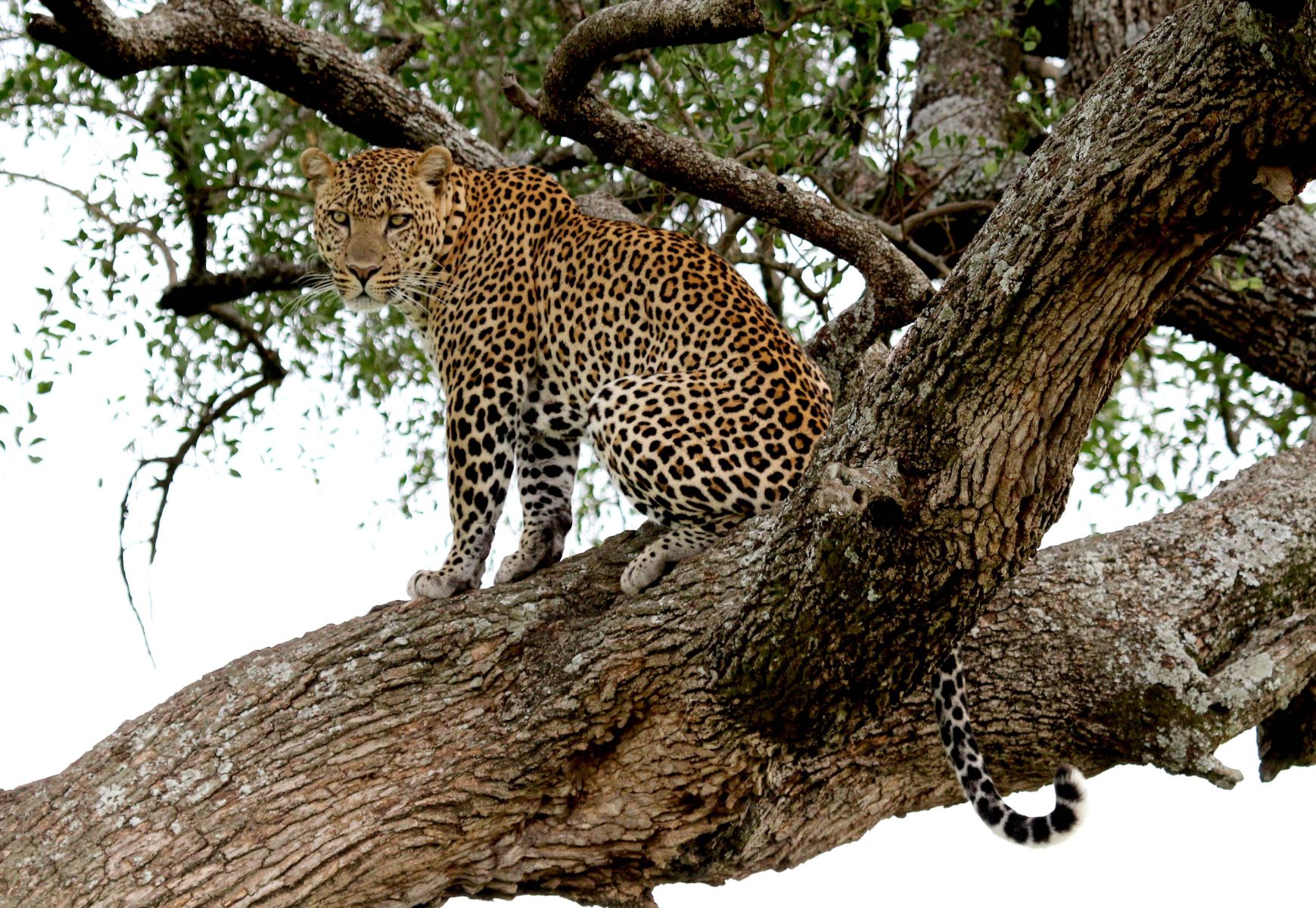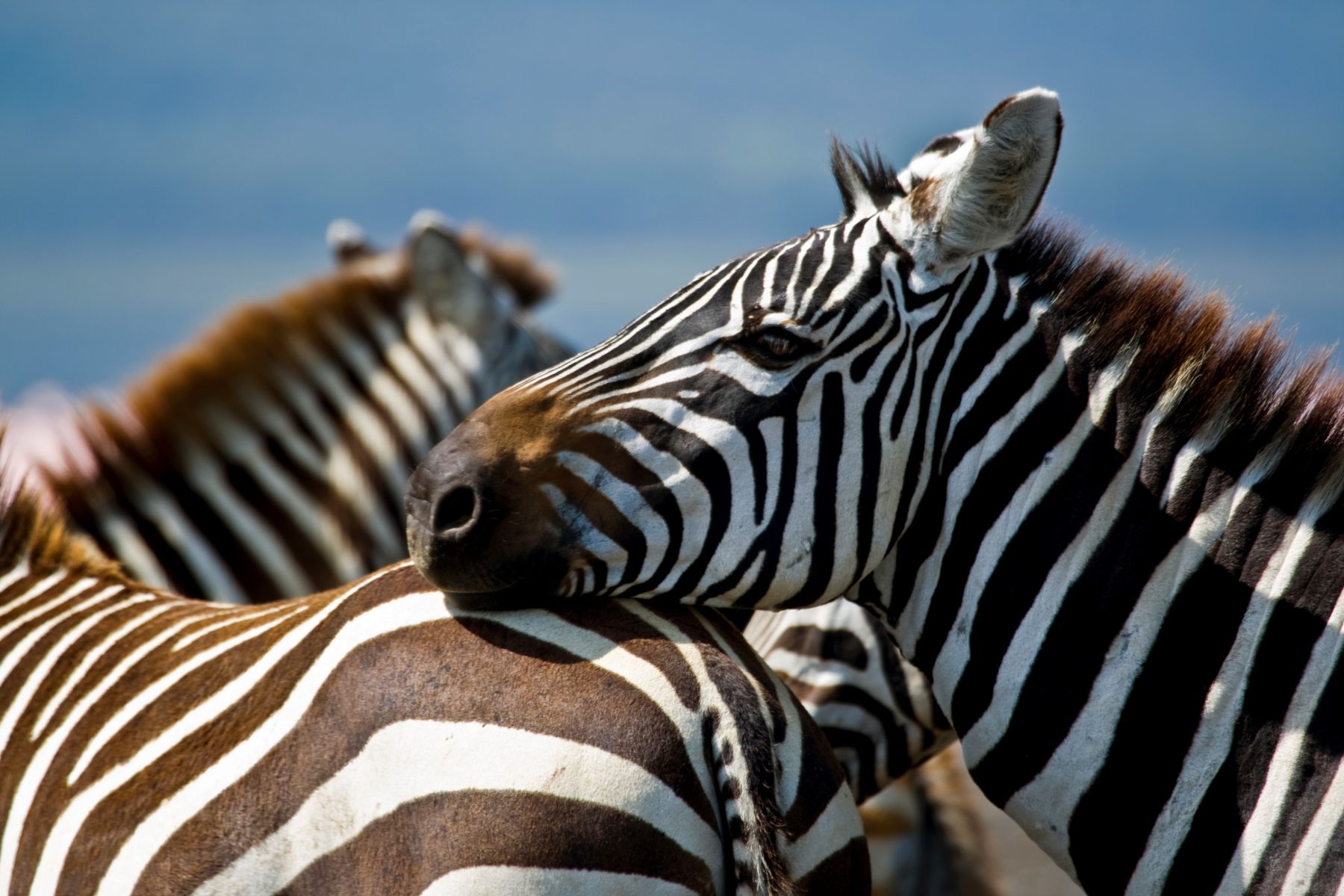
The OIE contributed to the Africa CDC first OH conference held virtually on 1-3 November 2021 by serving on the scientific committee of the conference that oversaw the review of hundreds of abstracts submitted to the conference, thereby helping to shape the content of the conference for balanced inclusion of animal health and welfare issues.
OIE also presented its 2020 Wildlife Health Framework at the panel session held on 3 November.
Picture (c) AUC
The session was Chaired by Dr Gladys Kalema Zikusoka – Founder & CEO, Conservation Through Public Health.
It also featured the following speakers and presentations
Dr. Chadia Wannous, OIE Regional One Health Officer for Africa presented the OIE Wildlife Health Framework that calls for wildlife health to be effectively monitored and managed to reduce the risk of disease emergence and spread at the animal-human-environment interface under the One Health Approach. She highlighted the fact that OIE is working on wildlife health since 1994, with the establishment of its working group on wildlife that advice and support OIE on all health issues related to wildlife.
OIE also maintains a network of experts worldwide from the OIE Reference Laboratories, and Collaborating Centers, to address global topics on animal health such as wildlife disease surveillance. The OIE network of National Focal Points for Wildlife is essential to provide information on wildlife diseases at the national level and implement relevant OIE standards and guidelines on wildlife, following extensive training.
The presentation also provided an overview of a tangible OIE project on wildlife health : the EBO-SURSY project, which is funded by the EU, over a five-year period (2017-2021) and is extended until 2024. It aims to to strengthen early detection systems for wildlife, and improve surveillance and response capacity in 10 countries in West and Central Africa, for four viral hemorrhagic fevers (VHF) including Ebola, Lassa fever, Rift valley fever and Hemorrhagic fever. Dr. Wannous elaborated that OIE Members have committed to taking action through adoption of the wildlife health framework at the OIE General Session in 2021 with OIE Technical Item 88 SG/9 and accompanying Resolution No. 31, which reinforces the need to promote the role of Veterinary Services as an essential component of One Health resilience.
All wildlife pictures (c) M. Aly (2021)
Dr. Chadia Wannous, Regional One Health Officer for Africa, World Organization for Animal Health (OIE)
The framework has two over-riding objectives
The framework outlines six workstreams that are aligned with the strategic pillars of the organization so that wildlife health is truly integrated into the activities of the OIE.
Dr. Wannous concluded the presentation highlighting that in the near future OIE is planning to:







